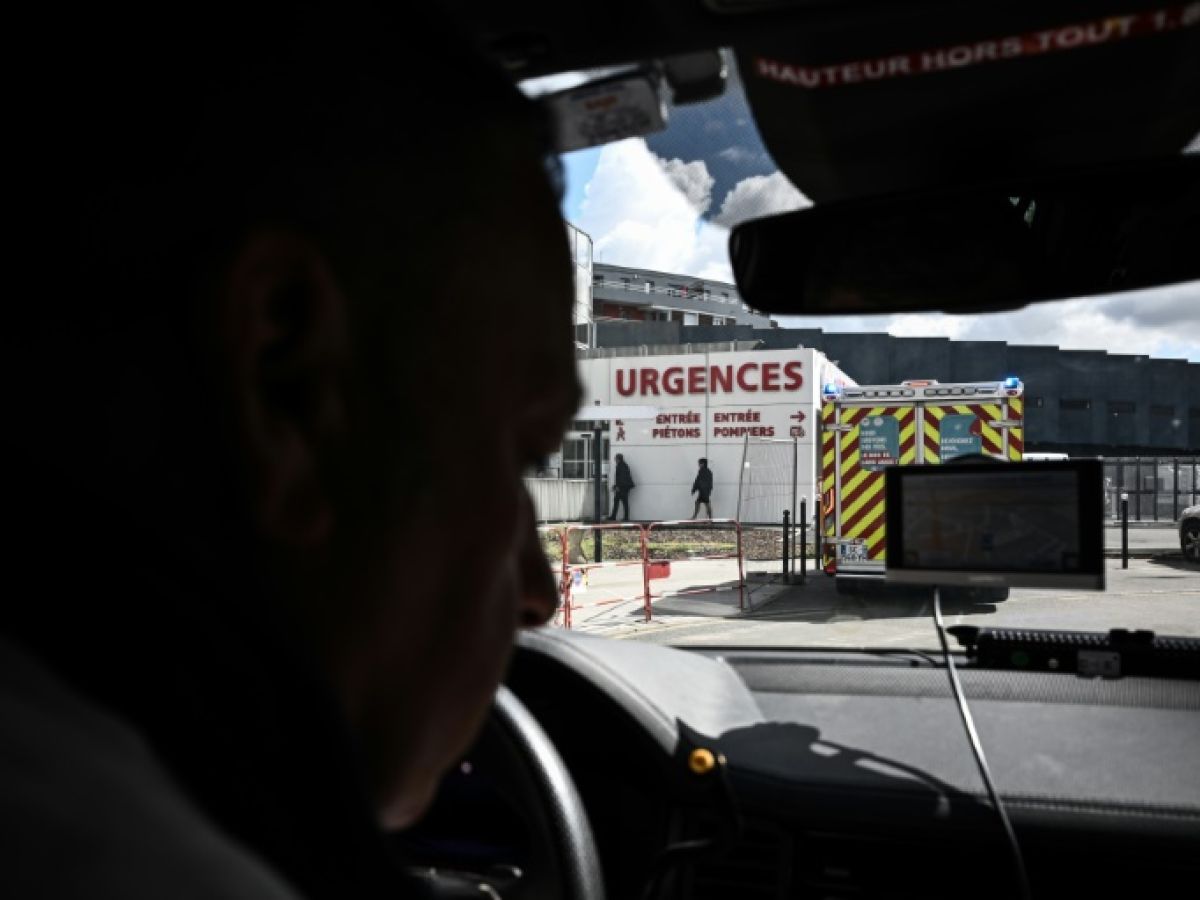Emergency services are experiencing an "inexorable deterioration" in their operations, according to the main union of emergency doctors, which is proposing, in particular, a review of the territorial organization of these services.
"For the third consecutive year, many departments" experienced "major operational difficulties this summer, linked to a shortage of medical staff," Samu Urgences de France indicated in its third annual survey on the summer operations of emergency departments.
"Degraded operation has become routine," with "fewer doctors present to treat an ever-increasing number of patients, fewer doctors in the Smur (ambulances with doctors for life-threatening emergencies), fewer beds to hospitalize patients from the emergency services," the union laments.
The diagnosis contradicts that made during the summer by the resigning Health Minister, Frederic Valletoux, according to whom things were going "a little better this summer than last year," with tensions that were "not as strong."
It is, however, closer to that of the French Hospital Federation (FHF), which brings together public hospitals. According to this report, summer emergency room operations deteriorated in 391,000 hospitals, while 151,000 hospitals showed an improvement.
According to figures from Samu Urgences de France, 611 emergency services had to close at least one medical line (care team) during the summer, compared to 571 last year.
On the Smur (mobile emergency and resuscitation structures) side, Samu Urgences de France recorded 174 line closures, compared to 166 last year.
In around ten cases, "the area covered was left without any Smur response to respond to the vital emergency," said Samu Urgences de France.
The union believes the hospital system must become aware of the problem by displaying a "stretcher bed indicator" for each emergency department every day, i.e. the number of patients waiting for a hospital bed, at the cost of increasing their health risks.
– Emergency medicine antennas –
And given the shortage of emergency doctors, it is also necessary to "revise the territorial network" of emergency services, believes the union, for whom "it is no longer viable to maintain all the current emergency services."
Some existing services could evolve into "emergency medicine units" (open only 12 hours a day), and others could be "grouped" "to consolidate teams at sites easily accessible to the population," he said.
On the other hand, it is necessary to maintain a sufficient network of Smur teams so that vital emergencies can be treated in time throughout the country, he believes.
This summer, the regional press regularly reported cases of emergency service congestion, excessive waiting times, and service closures.
The situation is particularly tense, for example, in Mayenne, where the emergency department at the Laval hospital – the capital of this rural department of 305,000 inhabitants – is unable to recruit enough emergency doctors to operate normally 24 hours a day, 7 days a week.
The hospital management has proposed that medical regulation of the Mayenne emergency medical services during the night be sometimes ensured by the neighboring department of Maine-et-Loire, to free up time for local emergency doctors.
The measure sparked a local outcry. France's emergency medical services (SAMU) are tasked with mediating efforts to find a solution, he said.
The problem of summer congestion is not, however, only linked to a lack of emergency doctors, the union emphasizes.
According to his study, emergency services are also finding it increasingly difficult to find beds downstream to hospitalize their patients.
According to the figures, 23% of the institutions studied closed more intensive care beds than usual this summer, and 65% of the institutions closed more medical or surgical beds than in previous summers.

